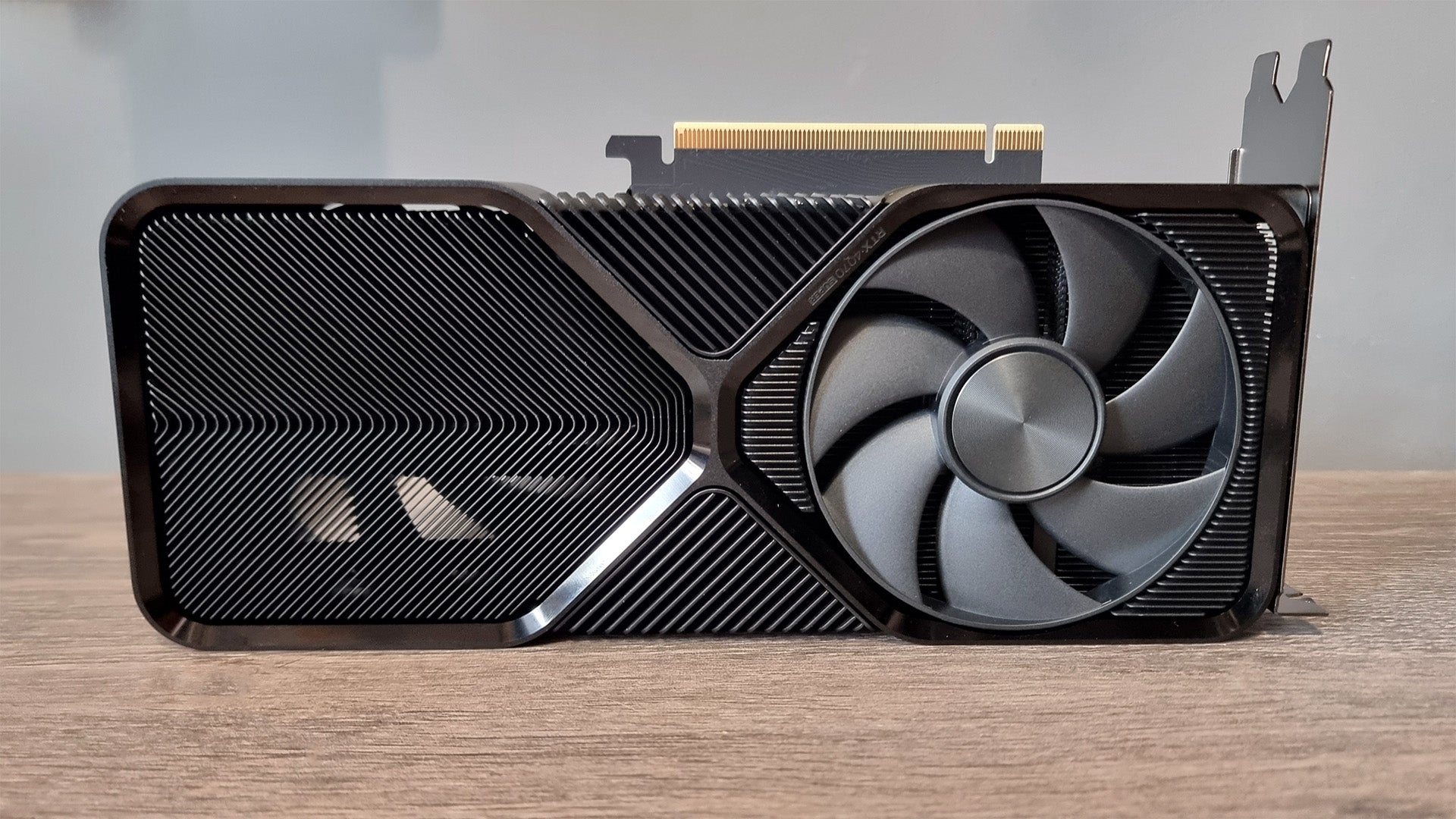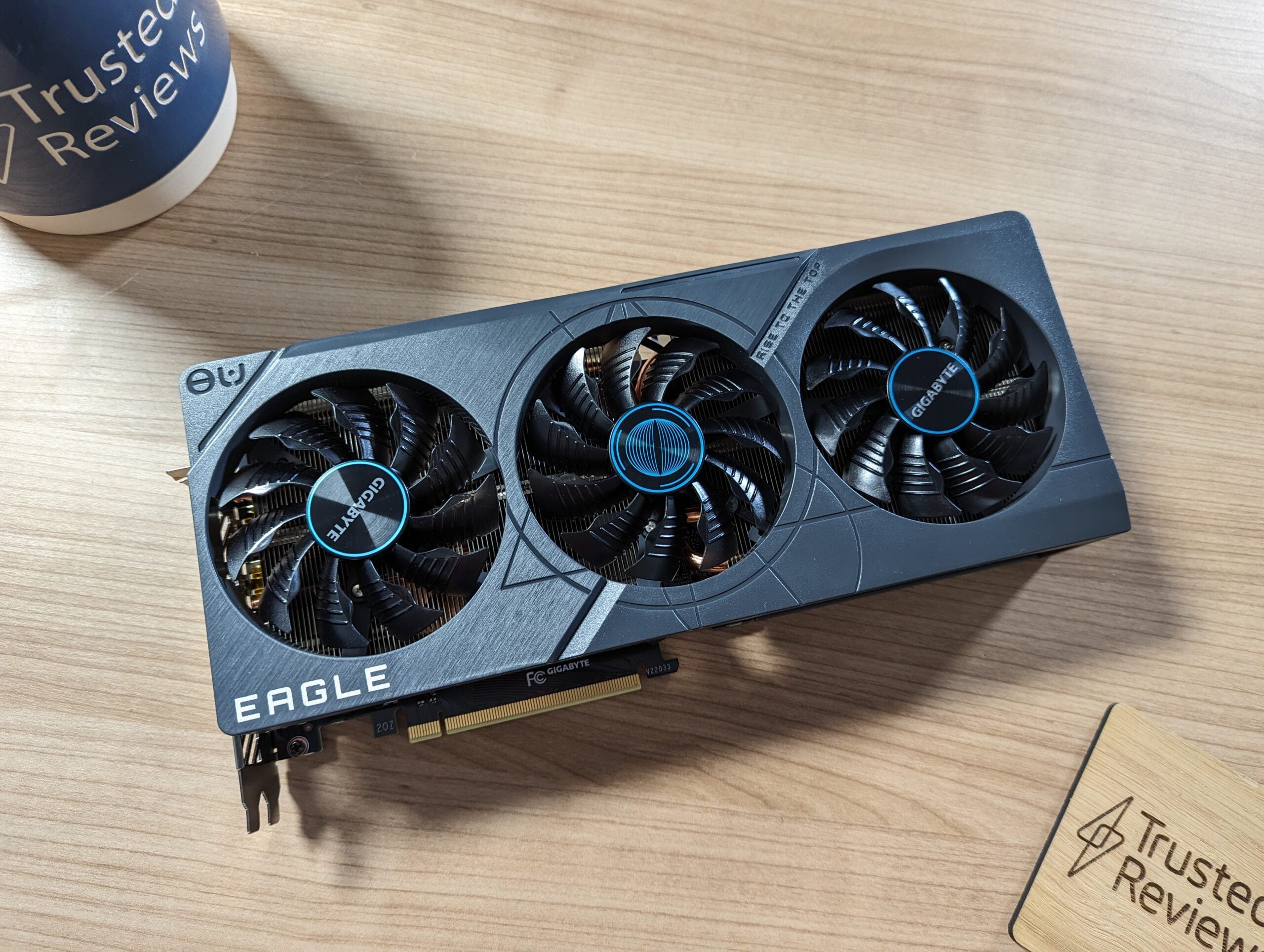AMD Radeon RX 7900 XT Review
A fantastic 4K graphics card
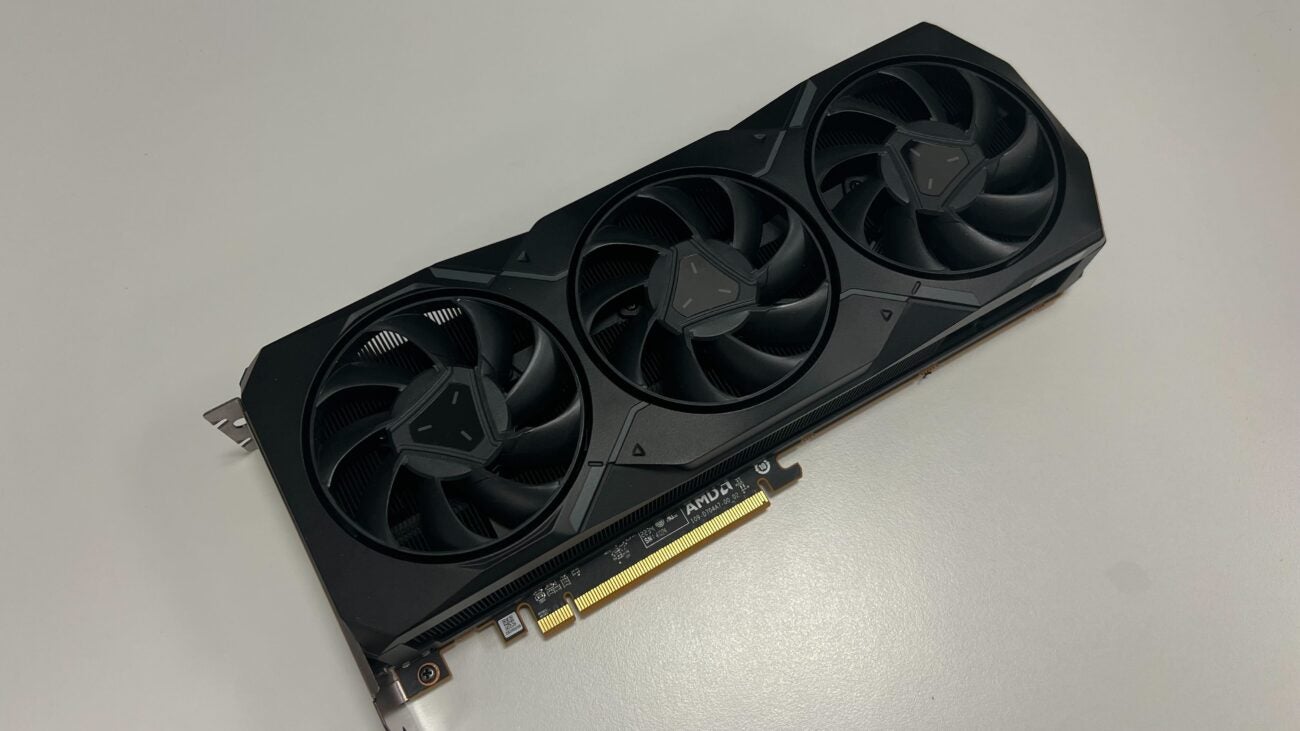

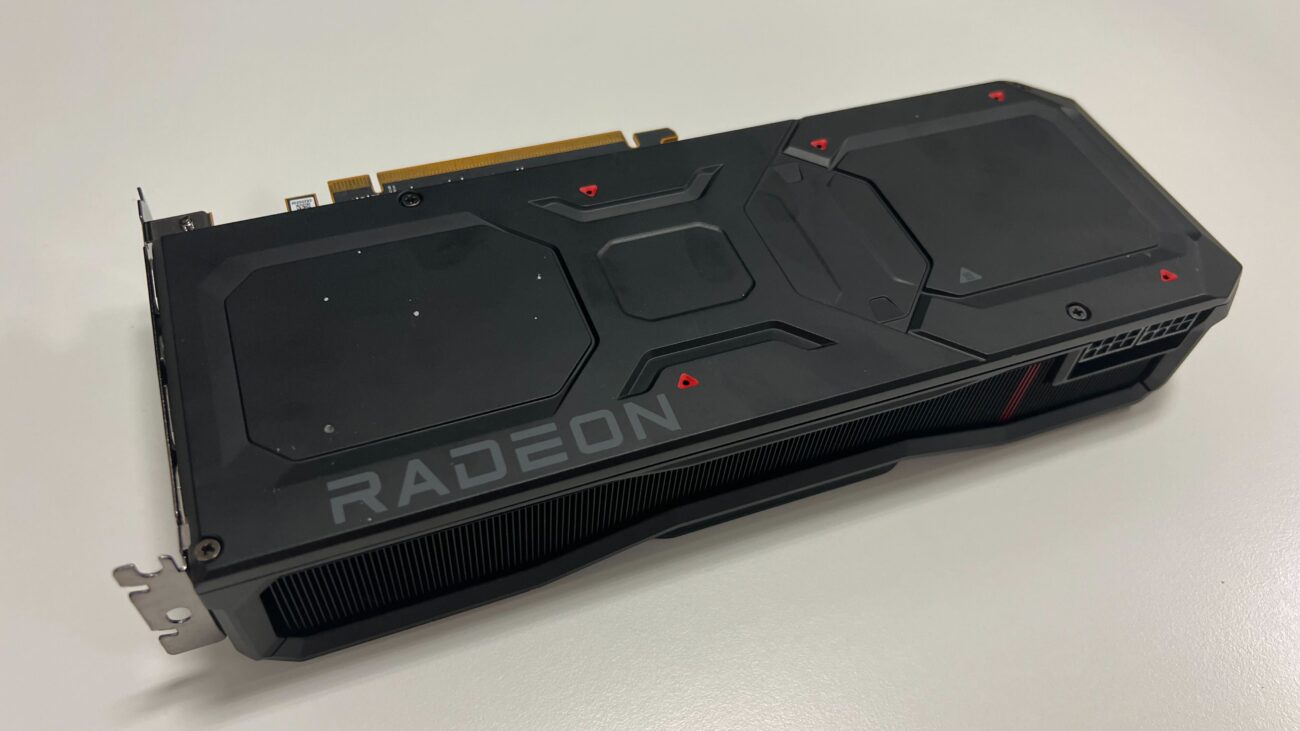



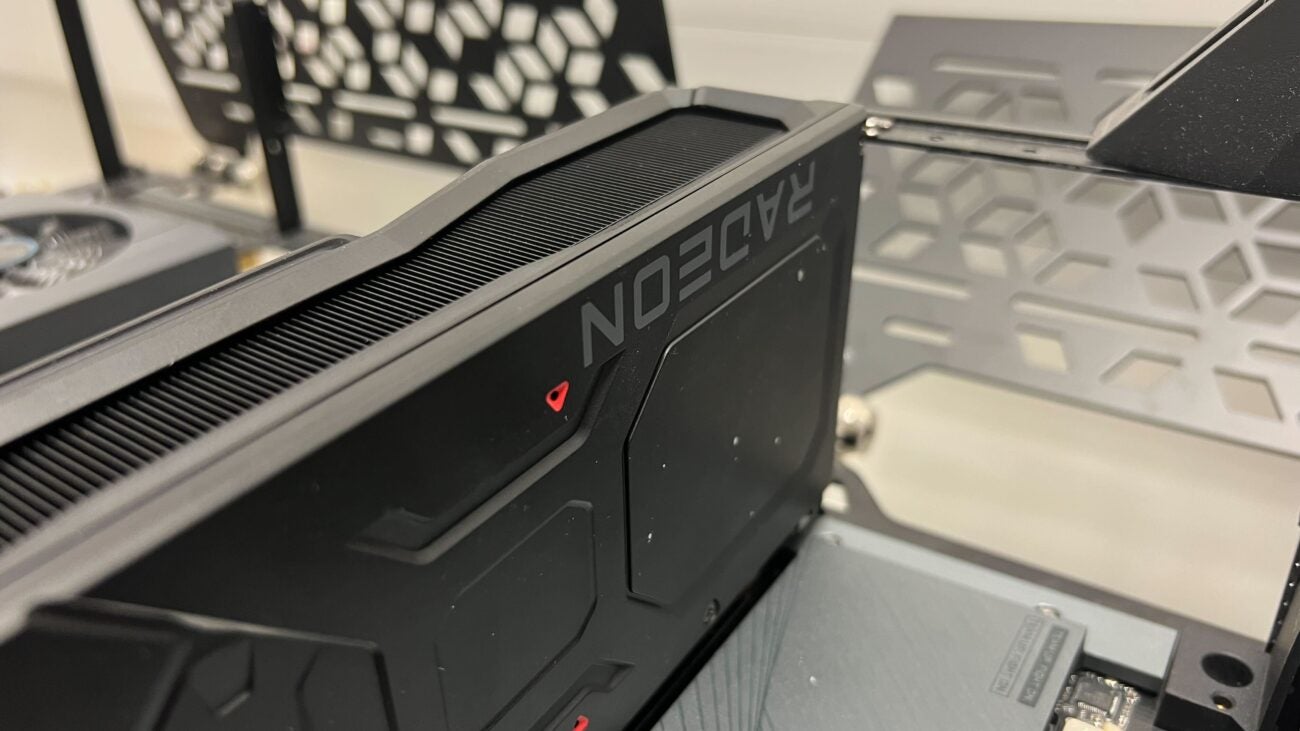


Verdict
The AMD Radeon RX 7900 XT offers good value considering the sheer amount of power it provides. It offered an amazing performance in 4K gaming with frame rates consistently hitting over 100fps and is more than capable of taking on heavy-duty content creation tasks. The performance may be overkill for most gamers, but it’s a great pick for anyone looking for a complete powerhouse.
Pros
- Fantastic gaming power
- Reliable 4K performance
- Good support for ray tracing
- More than powerful enough for creatives
Cons
- High price
- Overkill for a lot of games
- Nvidia still has the edge with ray tracing and DLSS
Key Features
- 4K gaming performanceThe AMD Radeon RX 7900 XT was able to hit above 60fps in most games when running in 4K.
- Support for FSR 2FSR 2 helps the AMD Radeon RX 7900 XT improve frame rate in supported games.
- Enhanced ray tracingSupport for ray tracing makes compatible games more realistic and immersive.
Introduction
The AMD Radeon RX 7900 XT is one of the most powerful graphics cards on the market and is outrageously compelling considering the price; with a booming 4K performance and the latest FSR 2 technology intact, it’s a very tempting option.
The AMD Radeon RX 7900 XT is slightly more affordable than its juggernaut sibling, the RX 7900 XTX, at $899/£899. That said, the price has often dropped down at various third-party sellers since launch, so it’s worth keeping an eye out for a tempting deal.
Its Nvidia equivalent – the RTX 4080 – features 16GB and is priced at $1199/£1139, but that pales in comparison to the whopping 20GB of video memory that the RX 7900 XT comes with.
Due to its high-end specifications, the RX 7900 XT is a starlet when it comes to performance, easily running games in 4K at a high frame rate. It also has the benefit of FSR 2 technology, allowing it to handle ray tracing in supported games without breaking a sweat. I tested this card over several weeks against the other GPUs on the market – from both AMD and Nvidia – and here is what I found.
Specs and Design
- Built on RDNA 3 architecture
- Boosted clock speed
- Reasonable power consumption
The AMD Radeon RX 7900 XT is built on the latest AMD RNDA 3 architecture, which AMD claims offers a 50% greater performance per watt than the previous generation. It comes with 58 billion transistors thanks to the 5nm process node, which should improve performance over the RNDA 2 architecture.
Another improvement brought in by RNDA 3 is the inclusion of 2nd generation ray tracing accelerators. This is paired up with FSR (aka FidelityFX Super Resolution), which is the AMD equivalent of DLSS. FSR 2 is supported here, allowing the card to boost frame rates in supported games.

The improved ray tracing accelerators allowed for a boost in performance, resulting in more realistic in-game lighting and shadow effects for a more immersive experience. These have been hallmark features of AMD’s graphics cards for many years now and the results have only improved over time.
AMD increased the Stream Processor count on the RX 7900 XT, at 5376, compared to the 5120 on the RX 6900 XT. The boost clock speed also jumped up from 2.25GHz to a whopping 2.4GHz, however, it does fall behind the RTX 4080, which sits at 2.5GHz. The RX 7900 XT comes in just one memory configuration, at a massive 20GB GDDR6, which should ensure a smooth performance during intensive tasks.
| AMD Radeon RX 7900 XT | AMD Radeon RX 7900 XTX | AMD Radeon RX 6900 XT | AMD Radeon RX 6800 XT | |
| Architecture | RDNA 3 | RDNA 3 | RDNA 2 | RDNA 2 |
| Stream Processors | 5376 | 6144 | 5120 | 4608 |
| Boost clock speed | 2.4GHz | 2.3GHz | 2.25GHz | 2.25GHz |
| Video memory | 20GB GDDR6 | 24GB GDDR6 | 16GB GDDR6 | 16GB GDDR6 |
| Ray Tracing Accelerators | 2nd Generation | 2nd Generation | 1st Generation | 1st Generation |
| Graphics card power | 750W | 800W | 850W | 750W |
The RX 7900 XT can be purchased from AMD and from third-party sellers alike, so the dimensions and look of the card will be dependent on where you buy it. It comes with several connectivity ports, including HDMI 2.1, USB-C and DisplayPort 2.1. The latter ensures support up to 4K at 240Hz and 8K at 60Hz.
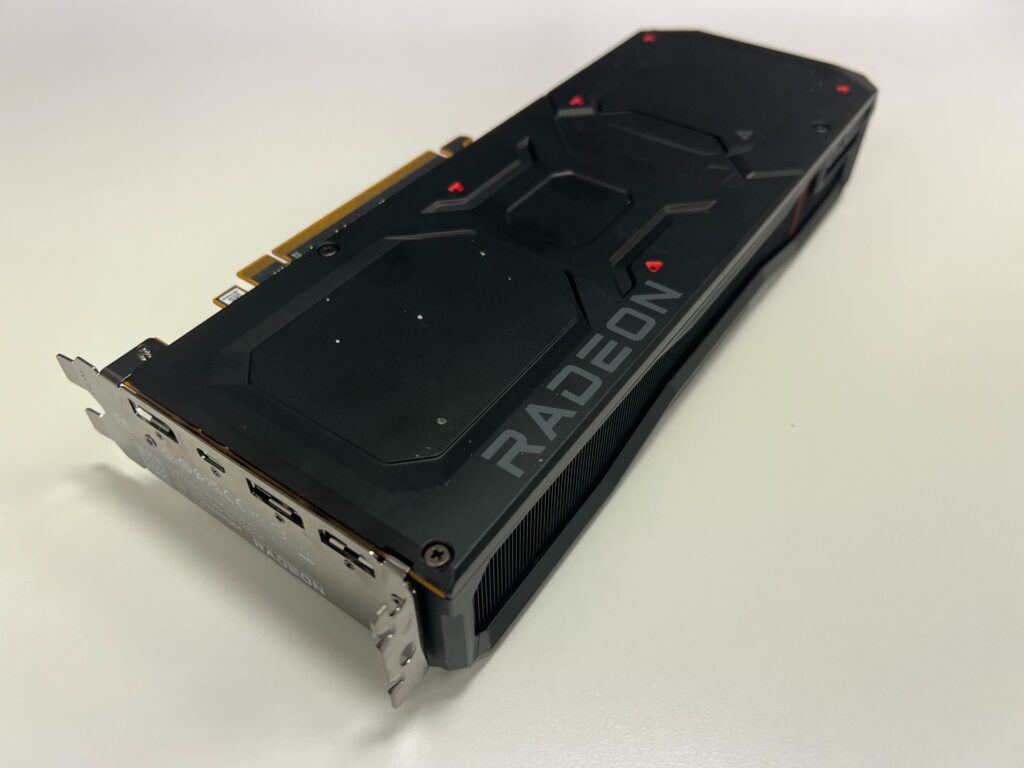
Features
- FSR provides a huge performance boost for supported games
- Support for ray tracing
The AMD Radeon RX 7900 XT offers support for FSR 2, with the highly anticipated FSR 3 update still somewhere on the horizon. However, it’s worth pointing out that FSR is available on pretty much any modern graphics card, including those made by AND and Nvidia, and so is not an exclusive feature for the Radeon RX 7000 series.
FSR was designed to deliver better than native image quality and boost the frame rate in supported games. It does this by rendering games at a lower resolution, which is less taxing on the graphics card, then upscaling the resolution using an “advanced edge reconstruction algorithm”.
I tested this card with FSR 2 enabled in both Cyberpunk 2077 and F1 22 with ray tracing activated to see how it performed. Both the RX 7900 XT and RX 7900 XTX are using FSR 2 in this test, while the Nvidia RTX 4000 cards are using DLSS 3. All tests were set to a Quad HD (1440p) resolution with ray tracing activated with balanced settings in both FSR/DLSS.
The Cyberpunk 2077 test illustrated how FSR 2 struggles to match the performance of Nvidia’s DLSS technology. In Cyberpunk 2077 in Quad HD, activating FSR 2 resulted in a grand 100% increase, with the frame rate jumping from 35fps to 70fps. This is impressive, but it was massively outpaced by not only its sibling – the RX 7900 XTX – but the RTX 4070 Ti, which saw an 189% performance jump.
The F1 22 results are a lot more promising on paper, with the frame rate leaping from 112fps to 182fps, resulting in a 63% uptick in performance.
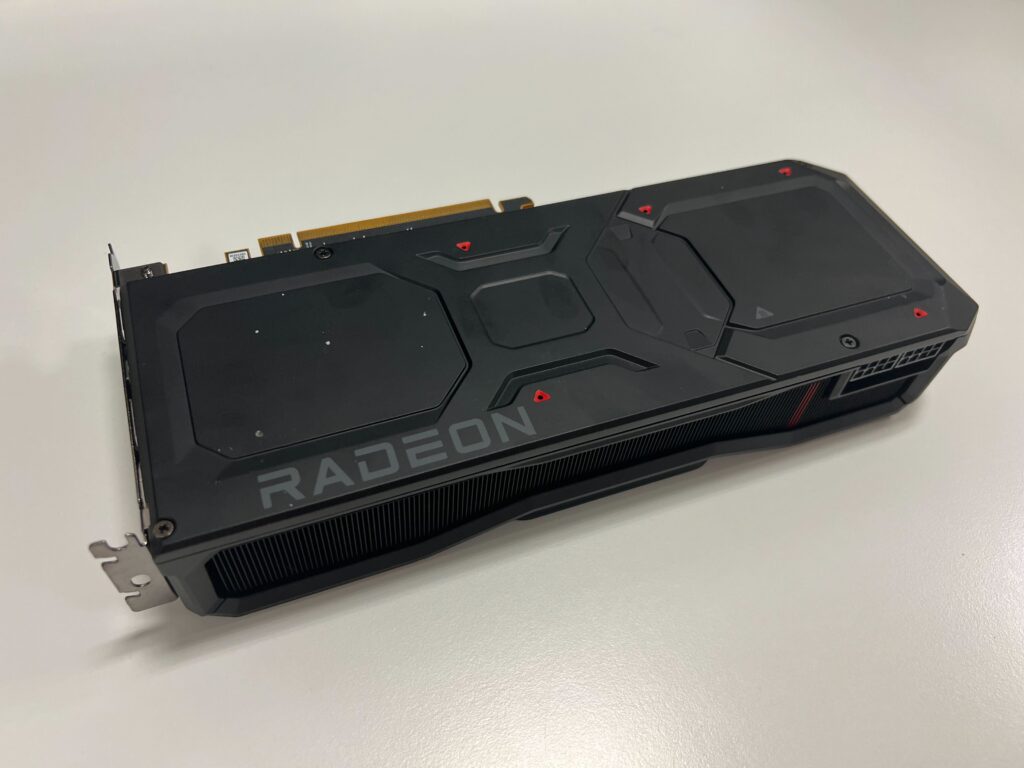
I also ran tests at 4K to see whether high-end gaming was possible with the RX 7900 XT. With ray tracing activated it managed to hit 17fps in Cyberpunk, but that shot up to 39fps with FSR turned on. For comparison, the Nvidia RTX 4070 Ti proved to be more efficient when it came to ray tracing on Cyberpunk, with a 4K average performance of 19fps, which shot up to 70fps with DLSS activated.
So while AMD has made huge strides for its ray tracing and FSR technology, Nvidia still leads the way by a considerable margin. If you want a card mainly for ray tracing, you’re better off with an RTX 4000 Series card.
However, it’s very important to note that not every game supports FSR 2, with some games only being compatible with FSR 1 and some having no support whatsoever. AMD claims that over 116 games support the latest FSR 2.2 variant, with the newest additions including God of War Ragnarök, Deathloop, Resident Evil Village and Baldur’s Gate 3. More games should be added over time but not every game is guaranteed to get support, especially older or indie titles.
Performance and Benchmarks
- Amazing 4K performance
- Can play modern games with ray tracing without a problem
- Fantastic content creation and rendering results
I tested this AMD card alongside the flagship RX 7900 XTX as well as multiple Nvidia RTX 4000 and 3000 Series cards to see how it stacked up against its competition.
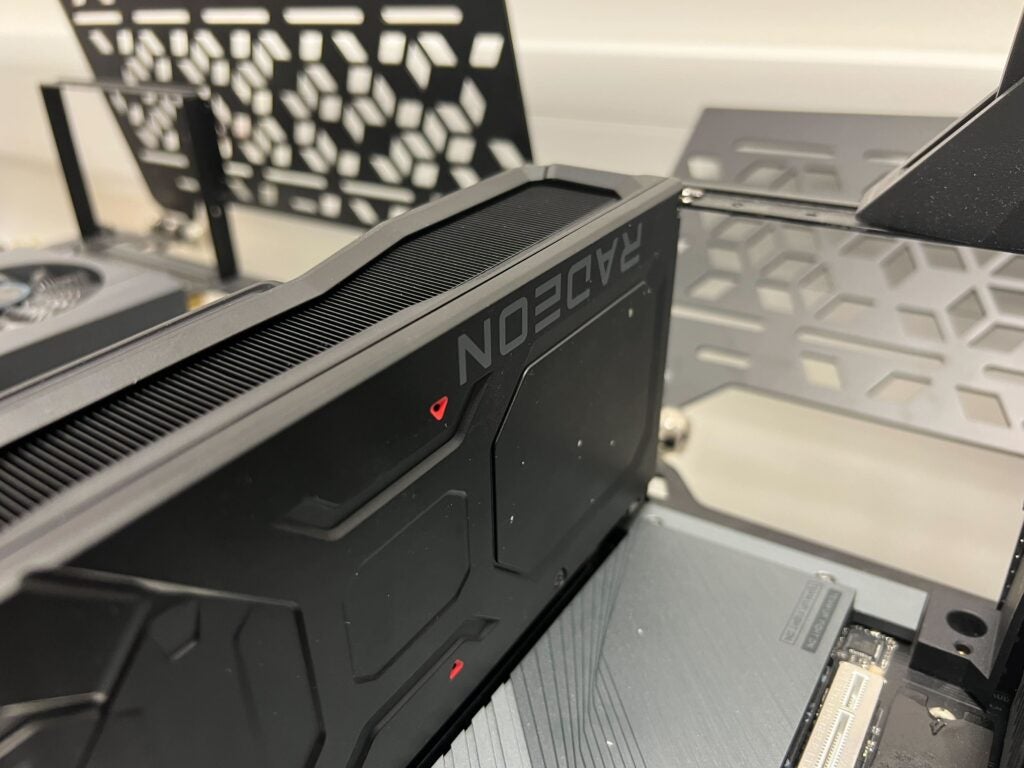
In order to make all of my tests as fair as possible, I ensured to use the same PC configuration throughout all of my graphics card tests where possible. You can see the breakdown of the rig I used below:
- Motherboard: Gigabyte Technology X670E AORUS Master
- CPU: AMD Ryzen 5 5600X
- SSD: PNY CS3140 1TB
- PSU: Corsair HX 850
- Cooler: Corsair Hydro Series H150i PRO RGB 360mm liquid cooler
- OS: Windows 11
To start, I benchmarked all of the cards with the industry-standard 3DMark Time Spy Extreme benchmark test. This is a synthetic benchmark that evaluates the overall graphics performance of a GPU.
The Radeon RX 7900 XT scored very well, being beaten out only by the flagship RTX 4090 and RX 7900 XTX. It massively outpaced the rest of the RTX cards in my test, scoring almost 2000 more points than the RTX 4070 Ti, which is its closest equivalent in our test. We didn’t have access to the RTX 4080 during testing.
To see how the RX 7900 XT handles gaming, I ran a variety of tests in a selection of games, including Dirt Rally, Horizon Zero Dawn, Cyberpunk 2077, Returnal and more.
The AMD Radeon RX 7900 XT is powerful enough to handle 4K gaming without breaking a sweat, consistently reaching above 60fps in every test and every title – other than Warhammer 3 and Cyberpunk 2077.
It was beaten out by its older sibling, the RX 7900 XTX, in almost every test, but it comfortably outpaced the RTX 4070 Ti and RTX 4060 Ti in every single game.
4K performance was consistently impressive; the RX 7900 XT managed to hit 124fps in Rainbow Six Extraction, 272fps in F1 22 and 159fps in Dirt Rally. But with the RX 7900 XT only hitting 56fps in Cyberpunk 2077 in 4K, it demonstrates that the card may float around the 60fps mark for the most taxing modern games currently available.
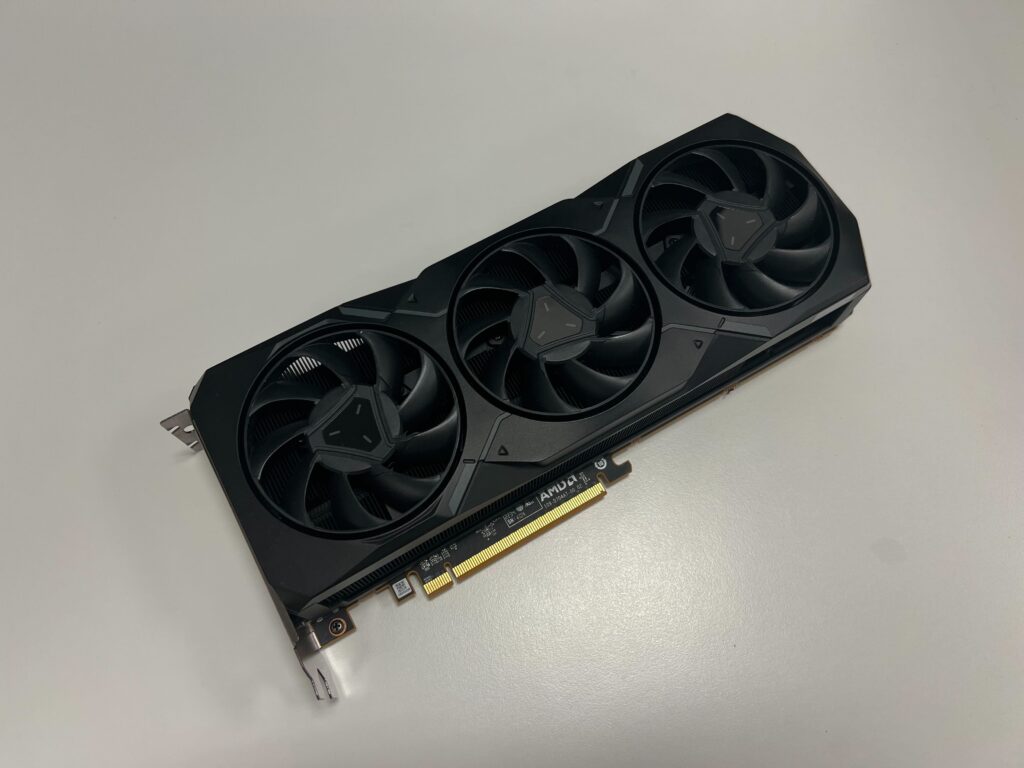
I would recommend upgrading to the RX 7900 XT if you’re looking to game in 4K with a consistently high frame rate. The closest Nvidia equivalent we have tested so far is the RTX 4070 Ti, which scored considerably lower but is cheaper, at £799/$799 compared to the RX 7900 XT’s £899/£899.
The main advantage that the RTX 4070 Ti has is that DLSS 3 provides a larger frame rate boost by percentage in certain games over FSR 2, while ray tracing performance is more efficient. However, when you consider that the base frame rate of the RX 7900 XT seems to be higher overall, it evens out the playing field.
Power Consumption
- Requires a 750W PSU at minimum
- Higher peak power draw than the RTX 4000 Series
AMD recommends using at least a 750W PSU for the RX 7900 XT.
| RX 7900 XT | RX 4900 XTX | Nvidia RTX 4070 Ti | Nvidia RTX 4060 Ti | Nvidia RTX 3080 Ti | |
| Peak power draw | 485W | 526W | 436W | 318W | 542W |
According to my tests, the AMD Radeon RX RX 7900 did guzzle up a lot less power than its older sibling, the RX 7900 XTX. It did consume more power than the RTX 4070 Ti – by 49W – but the difference is reflected in the performance difference and isn’t necessarily large enough to make a massive impact on your electricity bills.
Latest deals
Should you buy it?
You want a powerhouse graphics card: The AMD Radeon RX 7900 XT is one of the most powerful graphics cards on the market and can handle 4K gaming with ease.
You don’t own a 4K monitor: The AMD Radeon RX 7900 XT thrives at 4K gaming and can achieve frame rates over 100fps. If you lack a 4K display, you’re better off going for the more affordable Nvidia GeForce RTX 4070 Ti.
Final Thoughts
The AMD Radeon RX 7900 XT is an unbelievably powerful graphics card, with its only real competition coming from its older sibling, the AMD Radeon RX 7900 XTX and the Nvidia RTX 4080. It played every game in our test in 4K without breaking a sweat, hitting over 100fps in a lot of cases.
You could argue that the RX 7900 XT is actually too powerful for some gamers; do you really need to play Dirt Rally and Horizon Zero Dawn at 100fps? And if you don’t already own a premium monitor that has 4K capabilities or a high refresh rate, then you won’t even be making the most out of the card. But it does at least ensure a 4K performance around 60fps for taxing games such as Cyberpunk 2077 and Total War: Warhammer 3.
With an $899/£899 price tag, I certainly can’t call the RX 7900 XT cheap, but it is a lot more affordable than its Nvidia alternative, the $1199/£1139 RTX 4080. The flagship RTX 4090 is no better at $1599/£1679, making the RX 7900 XT one of the best value options for 4K gaming.
Content creators who want to speed up the process of 3D rendering and 4K editing could consider the RX 7900 XT, as well as gamers who are yearning for a premium experience. For more recommendations, make sure you check out our best graphics card roundup.
How we test
Every graphics card we review is run through a series of synthetic and real-world benchmarks to gauge its performance, power efficiency and potential for overclocking.
Tested with in-game benchmarks
Compared against other cards we’ve tested
Power consumption checked
FAQs
This graphics card comes with a massive 20GB of video memory (VRAM).
Yes, the RX 7900 XT supports FSR 3, which is the latest version of FSR from AMD.


